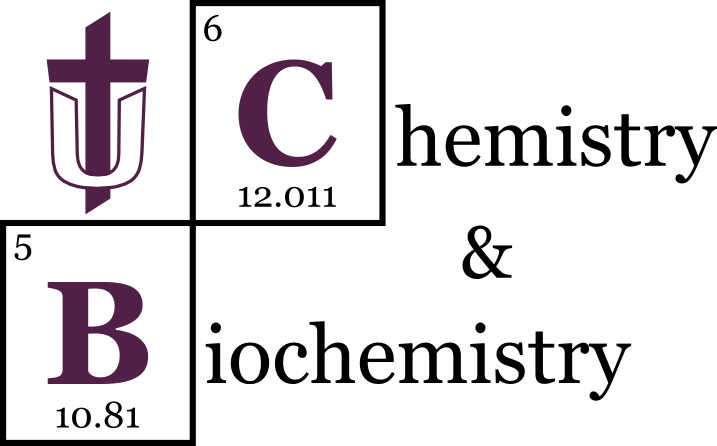Title
Acetylation labeling mass spectrometry: A method for studying protein conformations and interactions
Publication Title
Proceedings of the Indiana Academy of Science
Abstract
To support the ongoing effort to characterize and understand the specificity of phytopathogens for various crops, it has been necessary to develop a quick and robust method for observing the interactions of many pairings of pathogenic pectinases with plant defense proteins. Presented here is a modification of previously reported lysine acetylation protocols. The use of a slightly higher anhydride-to-protein ratio results in the acetylation of not only lysines, but serine, arginine, asparagine, histidine, tyrosine, glutamine, and cysteine side chains as well. These eight amino acids were found to react with acetic anhydride providing significantly broader surface mapping potential than single amino acid modification methods. Each residue that is acetylated increases the protein's mass by 42 Da. easily discernible by modest mass spectrometers. The technique called acetylation labeling mass spectrometry (ALMS) is used to observe and distinguish between native and denatured protein conformations. In addition to observing whole protein conformations, the stable nature of the mass tags allows for additional processes including enzymatic digestions and liquid chromatography to be performed without the loss of labels or inadvertent labeling. It is proposed that this technique could be ideally suited for investigating the interactions between phytopathogenic pectinases plant defense proteins.
Publication Date
1-1-2009
Page Range
107-113
Document Type
Published Article
Recommended Citation
For this content, please create a citation using the original publication information.




